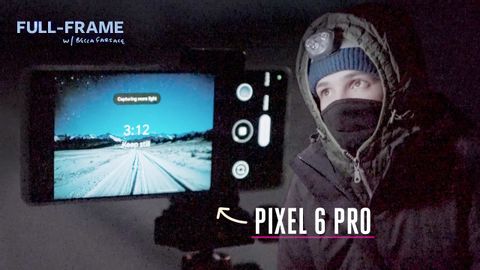
Subtitles & vocabulary
Astrophotography with the Pixel 6 Pro, iPhone 13 Pro, and a DSLR
00
林宜悉 posted on 2022/04/30Save
Video vocabulary
amount
US /əˈmaʊnt/
・
UK /ə'maʊnt/
- Noun (Countable/Uncountable)
- Quantity of something
- Intransitive Verb
- To add up to a certain figure
A1TOEIC
More property
US /ˈprɑpəti/
・
UK /'prɒpətɪ/
- Noun (Countable/Uncountable)
- Particular quality that someone or something has
- Buildings or piece of land owned by someone
A2TOEIC
More intriguing
US
・
UK
- Adjective
- Interesting; arousing your curiosity or wonder
- Transitive Verb
- To make someone interested or curious
B1
More draw
US /drɔ/
・
UK /drɔ:/
- Transitive Verb
- To attract attention to someone or something
- To influence a person's involvement in something
- Noun (Countable/Uncountable)
- Something that attracts people to visit a place
- A lottery or prize
A1TOEIC
More Use Energy
Unlock All Vocabulary
Unlock pronunciation, explanations, and filters
